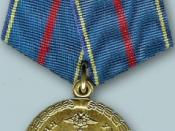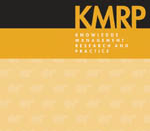AbstractTwo decades after the introduction of service classification in public service, the Law 10/2004, of March 22th, turned an important page in the Public Administration Reform, creating the Performance Evaluation Integrated System (SIADAP). The former system was accused of lack of reliability, in view of results obtained. Regardless of the causes for the problem - the model itself or its deficient implementation - and after years of impasse, it seemed impossible to separate the solution from the relegation of the system and resorting to a new model that would guarantee credibility of evaluation credits, finally allowing accurate oversight of the workers real performance, crucial for developing of an effective human resources management policy. The SIADAP has followed a new perspective, adopting the management by objectives method, guided by the accomplishment of pre-determined working goals. The objectives should function as optimizers of the workers motivation, stimulating their active participation, thus enhancing the quality of the services and the organisation's productivity.
Presently at an implementation stage, it seems pertinent to analyse the system, its functional parameters and components, assessing strong and weak points, anticipating its reformulation, already announced by the government to take place next year. This model presents advantages and handicaps, and it will be essential to manage its balanced execution, which may act as a safeguard for both rights and duties of the workers, as well as for the major guidelines of administrative activity, promoting an attitude of constructive accountability by the working individual, as part of an effective and productive organisation pursuing public interest.
Performance Evolution in Public ServicesIntroductionThroughout the last decades, the corporate sector has become a stage where successive revolutionary transformations took place, increasing productivity through process and working methods improvement and cost optimization, allowing the management of resources with significant effectiveness. The fierce competition experienced in...


